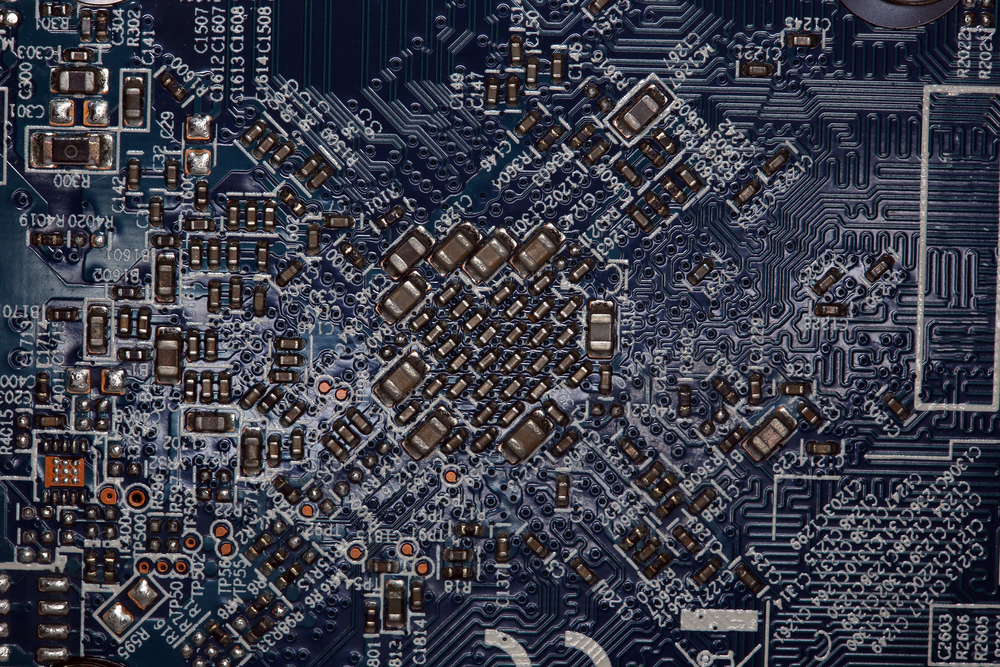
DARPA’s Microsystems Technology Office (MTO) has released a broad-agency announcement seeking enabling technologies in areas not currently addressed by MTO programs. The MTO is involved in the creation of compact microelectronics components – such as microprocessors, microelectromechanical systems (MEMS), and photonic devices – which have led to applications in wide-band-gap materials, phased array radars, high-energy laser weapons, and infrared imaging.
These four technologies include:
- embedded microsystem intelligence and localized processing – developing self-tuning, self-optimizing, and mission reconfigurable systems with low size, weight, power, and cost (SWaP-C). These would include advances in artificial intelligence (AI) and machine learning processors, graphic processing units (GPUs), machine autonomy, and other special-purpose computer technologies for sensors;
- next-generation front-end component technologies for electromagnetic spectrum dominance – for electromagnetic spectrum dominance involving military command, control, communications, computing, intelligence, surveillance, and reconnaissance (C4ISR) and EW systems. This involves material, device, and circuit approaches for sensing and modulation for RF, active and passive photonic, electro-optical and infrared (EO/IR), and magnetic-field applications;
- microsystem integration for increased functional density and security – for increased functional density and security involving 3D heterogeneous integration at multiple length scales. Fine-scale integration will bridge the technical gap between traditional assembly technology and the lithography-defined back-end-of-the-line dense interconnects, and complex circuits and systems-on-chip (SoC); and
- disruptive defense microsystem applications – identifying and demonstrating innovative microsystems component technologies, speeding up the adoption of advanced microsystem technologie, and enabling future military C4ISR, EW, and directed energy systems for electromagnetic warfare. Topics of interest would include advanced RF and EO/IR filters and related front-end components; imaging systems; photonic and electronic interconnects; atomic physics; chip-scale sensors; cold-atom microsystem component technologies; cognitive and advanced EW; compound semiconductor-based electronics; architectures and algorithms for next-generation artificial intelligence; directed energy component technologies; electro-optical/infrared (EO/IR) technologies; electronics and micro sensors for harsh environments; and energy-efficient computing and advanced signal and sensor processing.
